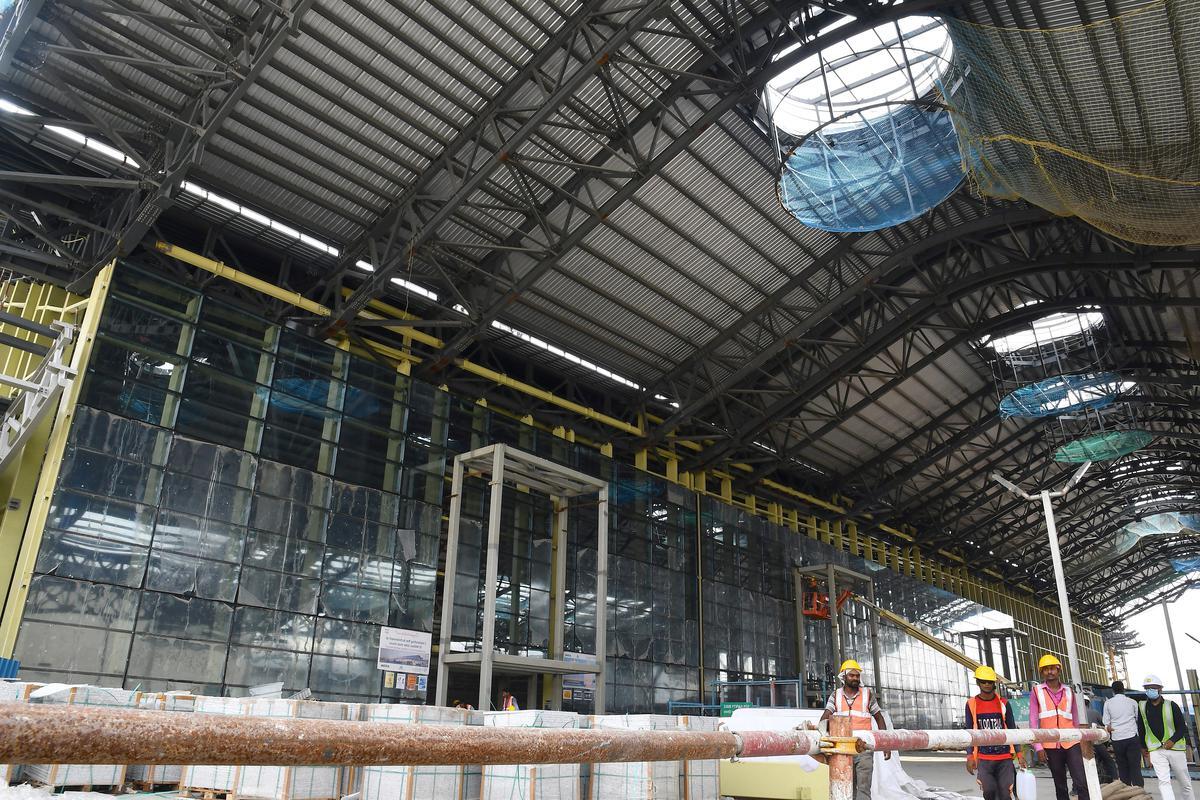
Airport construction projects are massive undertakings that involve intricate planning, coordination, and execution. Ever wondered what goes into building these colossal gateways to the world? From runways to terminals, each element plays a crucial role in ensuring smooth operations and passenger safety. Did you know that some airports have runways longer than 4,000 meters to accommodate large aircraft? Or that the design of terminals often reflects local culture and architecture? These projects can take years to complete and require collaboration among engineers, architects, and government officials. Curious about the costs? Some projects can exceed billions of dollars! Join us as we uncover ten fascinating facts about airport construction projects that will leave you amazed at the complexity and scale of these engineering marvels.
Key Takeaways:
- Building an airport is a massive undertaking, requiring extensive planning, high costs, and advanced engineering. It's a complex process that involves creating a vital transportation hub and boosting local economies.
- Airport construction projects involve vast land requirements, meticulous planning, and a skilled workforce. They also have a significant impact on the environment and local economies, making them crucial for global connectivity.
The Complexity of Airport Construction
Building an airport is no small feat. It involves meticulous planning, coordination, and execution. Let's dive into some fascinating facts about airport construction projects.
-
Massive Land Requirements: Airports need vast areas of land. For instance, Denver International Airport spans 33,531 acres, making it the largest in the U.S. by land area.
-
Extensive Planning Phases: Planning can take years. The Hong Kong International Airport project took over a decade from conception to completion.
-
Environmental Impact Studies: Before construction, detailed environmental impact studies are conducted. These studies assess the potential effects on local wildlife, water sources, and air quality.
The Financial Aspects
Funding and budgeting are crucial components of airport construction. The financial aspects can be as complex as the construction itself.
-
High Costs: Airport projects are expensive. The construction of Beijing Daxing International Airport cost approximately $11 billion.
-
Funding Sources: Funding often comes from a mix of government grants, private investments, and loans. For example, the expansion of Los Angeles International Airport involved both public and private funds.
-
Economic Boost: Airports can significantly boost local economies. The construction of the new Istanbul Airport created thousands of jobs and is expected to contribute billions to Turkey's economy.
Engineering Marvels
The engineering behind airport construction is nothing short of impressive. From runways to terminals, every aspect is designed with precision.
-
Runway Engineering: Runways are built to withstand extreme conditions. They are made of high-strength concrete and asphalt to handle the weight of large aircraft.
-
Advanced Technology: Modern airports incorporate advanced technology. Singapore's Changi Airport uses automated systems for baggage handling and security checks.
-
Seismic Considerations: In earthquake-prone areas, airports are designed to withstand seismic activity. Tokyo's Haneda Airport has special engineering features to resist earthquakes.
The Human Element
Behind every airport construction project, there's a dedicated team of professionals working tirelessly.
- Skilled Workforce: Thousands of skilled workers, including engineers, architects, and construction workers, collaborate to bring these projects to life. Their expertise ensures that airports are safe, efficient, and ready to serve millions of passengers.
Building an airport is a monumental task that requires careful planning, significant investment, and advanced engineering. These facts highlight the incredible effort and resources that go into creating these vital transportation hubs.
Final Thoughts on Airport Construction Projects
Airport construction projects are massive undertakings that require meticulous planning, coordination, and execution. From the initial design phase to the final touches, these projects involve a myriad of professionals, including architects, engineers, and construction workers. The complexity of these projects often leads to significant economic impacts, creating jobs and boosting local economies. Environmental considerations also play a crucial role, with modern airports striving to incorporate sustainable practices. Technological advancements have revolutionized the way airports are built and operated, enhancing efficiency and passenger experience. Understanding these facts can give you a deeper appreciation for the next time you travel. So, next time you’re at an airport, take a moment to think about the incredible effort that went into creating such a complex and essential piece of infrastructure. It’s truly a marvel of modern engineering and human ingenuity.
Frequently Asked Questions
Was this page helpful?
Our commitment to delivering trustworthy and engaging content is at the heart of what we do. Each fact on our site is contributed by real users like you, bringing a wealth of diverse insights and information. To ensure the highest standards of accuracy and reliability, our dedicated editors meticulously review each submission. This process guarantees that the facts we share are not only fascinating but also credible. Trust in our commitment to quality and authenticity as you explore and learn with us.


